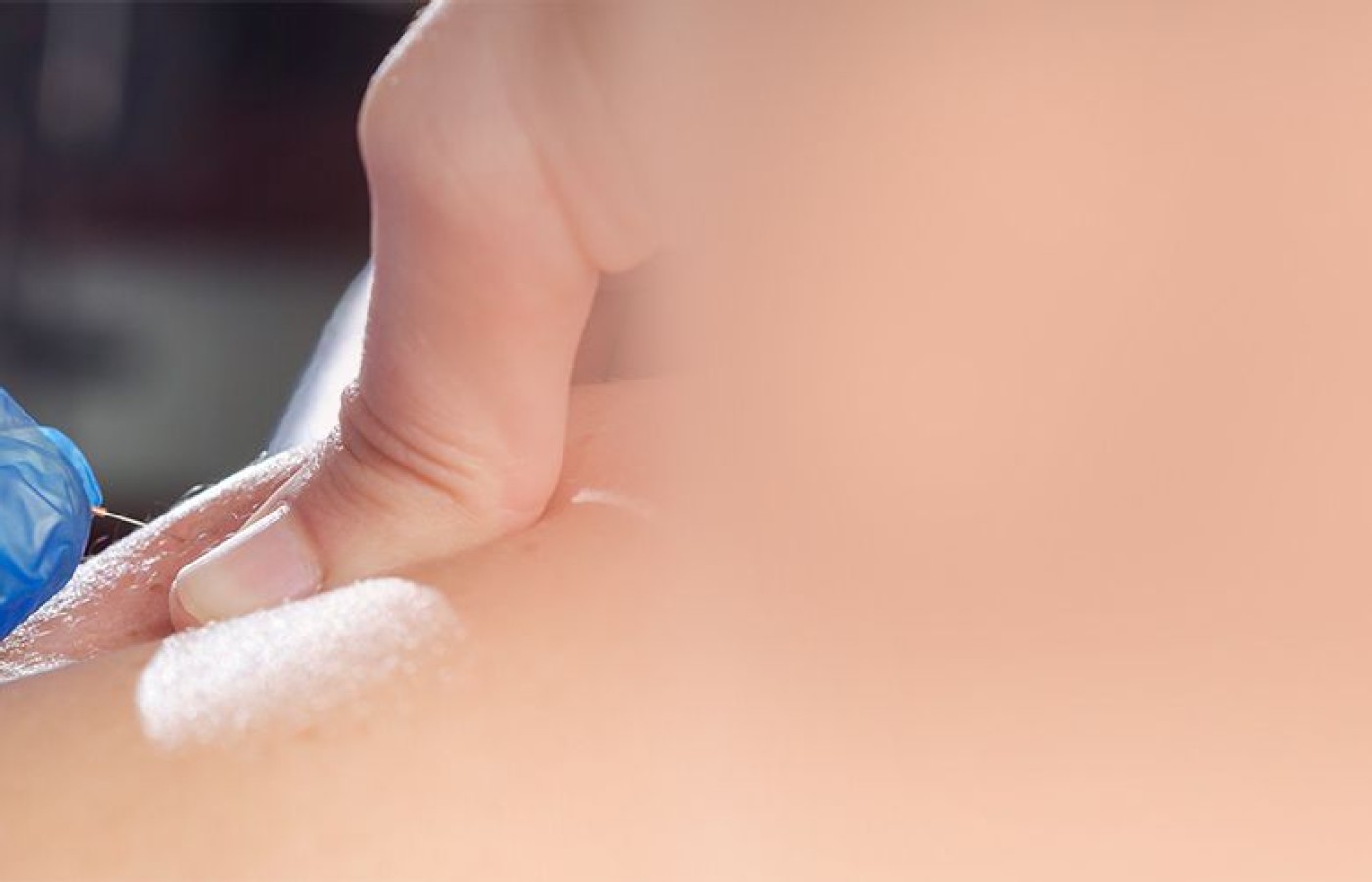Whether you accept it, avoid it or live somewhere in between, insurance coverage has become a defining issue for our profession. Patients increasingly expect to use their benefits, practitioners want to be compensated fairly for their time and expertise, and the system itself remains – at best – fragmented. The encouraging news is that coverage has expanded in meaningful ways. The challenging news is that reimbursement, across the board, remains inadequate.
Dry Needling Is Coming to California ... Unless You Do Something About It
The Mayo Clinic defines dry needling as, "A treatment performed by skilled, trained physical therapists, certified in this procedure. A thin monofilament needle penetrates the skin and treats underlying muscular trigger points for the management of neuromusculoskeletal pain and movement impairments."
Why would PTs and other health care providers want to add dry needling to their scope of practice? Because it works, and dry needling will improve their ability to successfully treat musculoskeletal disorders. It's not only physical therapists, but also chiropractors, nurses and athletic trainers who'd like to add dry needling to their scope of practice.
The ability of PTs to practice dry needling is a state decision, and according to the American Physical Therapy Association website, there are only six states left that do not allow dry needling – California being one. In 36, states, dry needling is legal; seven states have no opinion.

States that have successfully established criteria for dry needling have had lobbyists, paid for by associations with enough members and dues to afford the high price tag. And although California has more acupuncturists than any other state, we have no current lobby backing our profession. Lobbyists cost money, which our associations can't afford. Everyone from the president down is a volunteer.
But if we don't get involved and join our associations, our profession may not be financially viable for future generations. We need a solid voice in legislation, one that represents the profession as a whole, or we will be left out.
So, what are the primary objectives when it comes to dry needling in the state of California? Overall, fighting to keep other professions from wielding the acupuncture needle has been a lose-lose battle, with high legislative costs and an end result of more than 85 percent of states welcoming dry needling into the PT scope of practice. Currently in California, there is no official legislation, but there have been rumors of PTs modifying their scope of practice to include dry needling within the next 1-2 years. The ICD-11 already has established dry needling codes, the first step in legislating for the legality of dry needling across the country.
If we don't get dry needing clearly listed into our scope of practice, we may be unable to utilize these new codes. It's time for us to establish ourselves as the experts in needle medicine and demand appropriate training for anyone using an acupuncture needle.
I spoke recently with CSOMA's public policy chair, who stated: "Our primary concern is safety and job development." CSOMA has outlined four objectives for the state of dry needling in California:
"First, our membership has requested a legislative change to include dry needling in our acupuncture scope of practice. Second, we need to establish an effective lobby day, to network with our legislators in the B&P Committee. Third, to ensure safety precautions are adhered to, such as clean needle technique being a requirement for any form of medicine that involves filiform needles. Fourth, to establish ourselves as the needle medicine experts and ensure that dry needling legislation is enforced to set standards for a minimum number of supervised hours of needling practice and education criteria for any practitioner trying to utilize needle medicine in their practice."
For right now, we need to protect our profession and realistically work with other professions, rather than fight them. There are 9,000 physical therapists in the California Physical Therapy Association, a chapter of the APTA, which represents more than 93,000 physical therapists and their assistants nationwide. You do the math ... In the U.S., acupuncturists don't even come close to this number.
Strong-arming the PTs – or any other association – has brought on defeat, as seen in some of the legal battles multiplying across the U.S. I am not saying we should roll over and let anyone use needle medicine; we are the experts in this field. We must learn from our other allied acupuncture state associations for us to have a successful outcome.
California is home to 11,000-plus acupuncturists (40 percent of the U.S. acupuncture population); yet we aren't well-represented within the state as a collective. We want to change that. Members are needed to cover the costs of advocacy, lobbying and grassroots efforts to broaden the acupuncture profession.
Unlike some of these professions, practitioners of Chinese medicine have been operating for more than 50 years in the U.S. without a collective voice. This is not the way MDs, PTs or chiropractors operate, and it's hurting us in California. With recent reductions in insurance payouts, we need a unified voice to negotiate for our rights.
It's time for the acupuncture community to weigh in and contribute to our associations, supporting positive legislative outcomes. These associations fights to keep our profession relevant in California's changing medical environment. They've made connections and developed strategic plans to advocate for you.
I encourage readers to visit CSOMA online, join committees and contribute to its AcuPAC, which supports candidates in California public office who take a stand for acupuncture and Oriental medicine. We need to assist those willing to fight for the interests of AOM practitioners and patients. As a community, we have to start engaging in the extracurricular volunteer work that keeps our careers viable or we may find that viability extinguished.



